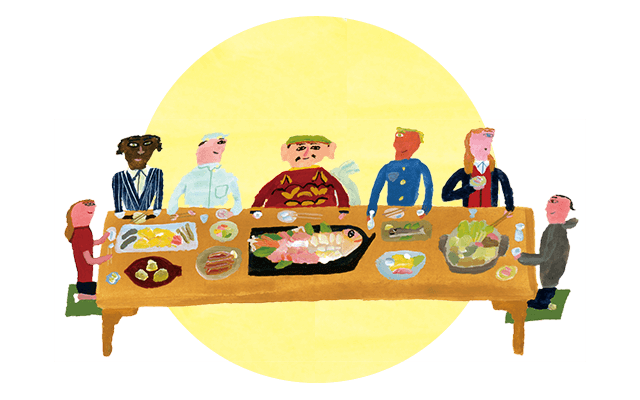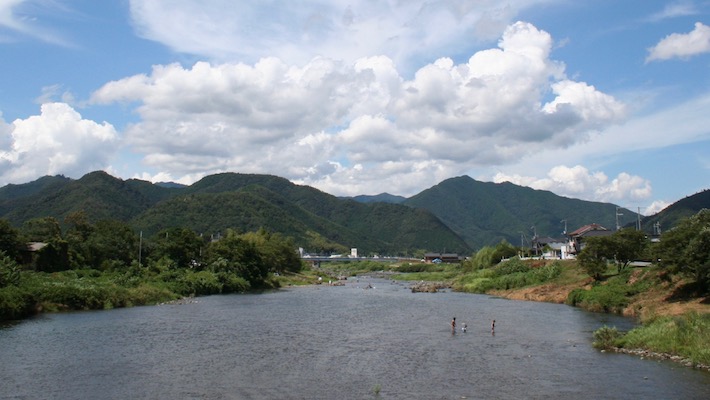
Harima Archives
2022.03.18 Ibogawa, the Mother River of Harima

Starting from the Paleolithic Period
Ibogawa has supported Harima’s industry and offered blessings to people’s lives. It spans 70 km, starting from the Chugoku Mountains on Hyogo and Tottori Prefectures, passing through the West Harima Plains and pouring into the Seto Inland Sea. It is indeed the mother river, and it is said that people started inhabiting the Ibogawa river basin in the Paleolithic period, some 20,000–30,000 years ago. Since then, what kind of history has the river seen, and how is it continuing now?
Activities in the Ibogawa River Basin
When the river basin first became inhabited in the Paleolithic period, civil engineering had yet to be developed, and it is said that causing the river flooded every time it rained. However, this turned out to be a blessing in disguise, making the soil in the area fertile. In the latter part of the Jomon period, rice cultivation started using arable land. Later, the primitive rice cultivation of the Jomon period shifted to full-fledged agriculture in the Yayoi period, and the area became an affluent agricultural society. Around this time, as the country started to focus on increasing production, the land in the Ibogawa river basin was also cleared, and people began to grow various types of agricultural goods.
The Birth of Soy Sauce and Somen Noodles
In the Muromachi (1333–1568) and Edo (1603–1867) periods, food was produced from crops grown in the Ibogawa river basin, such as rice, wheat, and soybeans. In particular, in addition to these ingredients, foodstuff made using the low-iron river water such as usukuchi soy sauce from Tatsuno and Ibonoito hand-pulled somen noodles, which are known nationwide, became essential industries in this area. Soy sauce and somen noodles were carried down the river in takasebune riverboats to Aboshi Port. From there, they were shipped to the Kyoto-Osaka-Kobe area, creating industry.
Why It Was Named Tatsuno
This area, bordered by Ibogawa in the east and surrounded by mountains, is Tatsuno. An anecdote describes how it came to be named Tatsuno in Harimanokuni Fudoki (records of Harima Province, compiled in 713). The area was originally a key point for traffic on the medieval Sanyodo route and Izumo highway. Nomino Sukune was called from Izumo by Emperor Suinin to engage in a sumo match against Taimano Kehaya. He won the match but passed away in this area due to illness on his way back to Izumo. Many people came out from Izumo to carry stones from the Ibogawa riverside in a relay and made a grave for Sukune. The sight of these people was said to be as if “a field in which people stood (“hitobito ga tatsu no” in Japanese),” giving the area the name “Tatsuno.”



